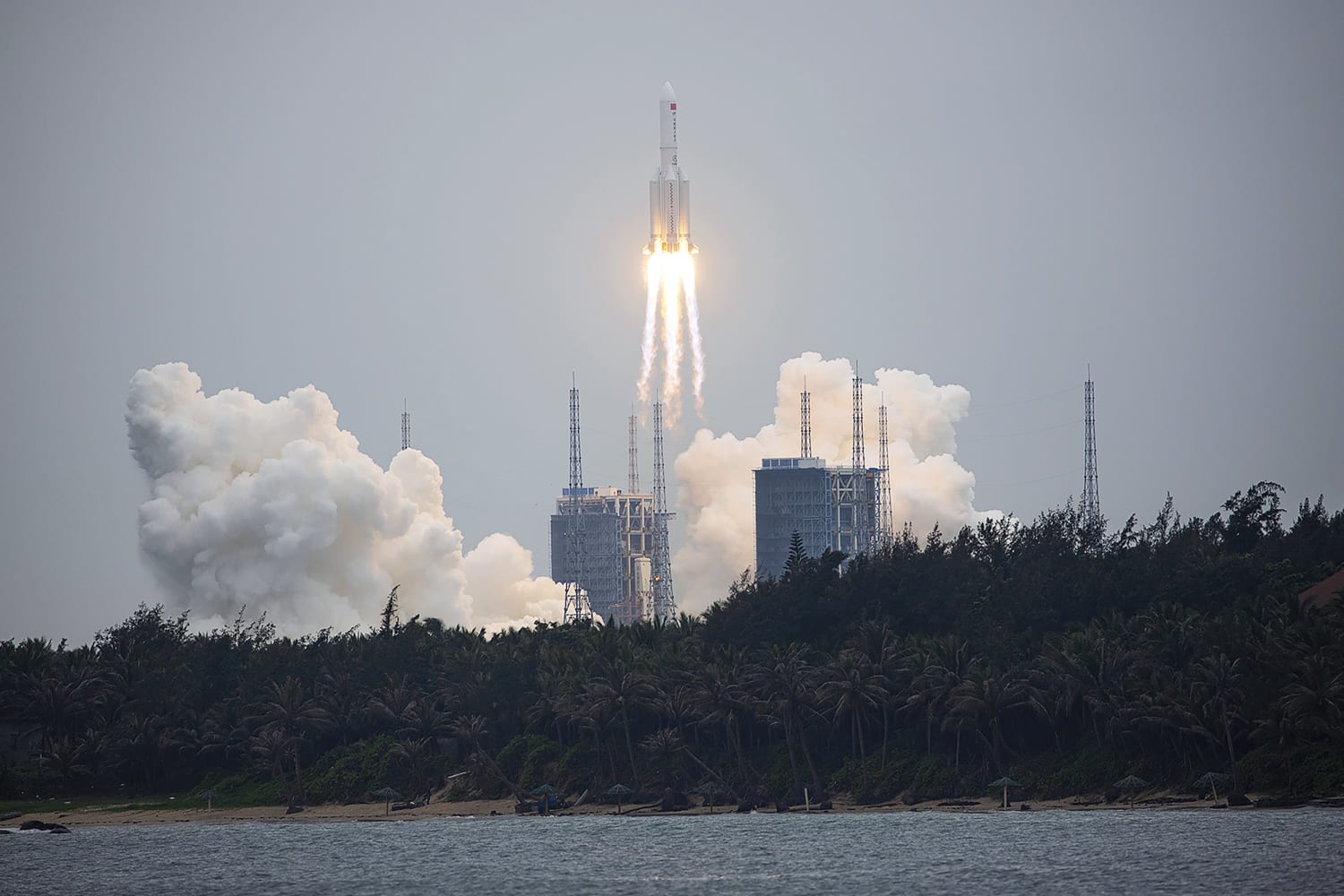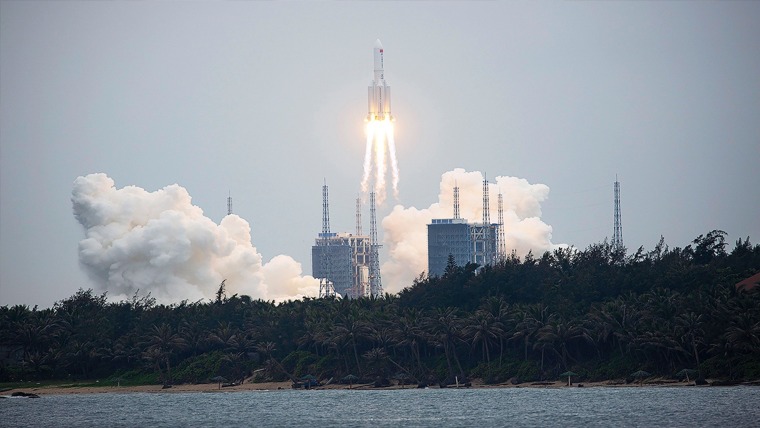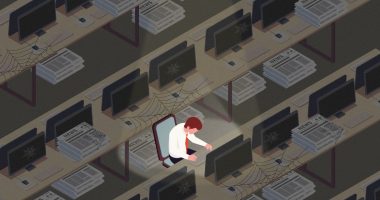The Chinese Long March 5B booster — a sword of Damocles that has perilously been hanging over the Earth for days — finally dropped into the ocean early Sunday. The rocket debris’ final resting place, near the Maldives, is a few hundred miles from India’s southernmost tip. The 20-ton booster returned to Earth in peace and caused neither death nor damage.
Countries will continue to hurl rockets with various payloads into the sky, and the pace is bound to increase as launches become cheaper.
Since no one was hurt, it’s tempting to brush this off as a harmless anomaly. But that’s not true. Countries will continue to hurl rockets with various payloads into the sky, and the pace is bound to increase as launches become cheaper. This guarantees that space junk will be a growing concern, and not just for Chicken Little. It’s already a threat here on the ground — there was no guarantee the Chinese booster would land harmlessly in an empty patch of ocean. But it’s also a problem a few hundred miles up, where the density of dead satellites and disused rocket bodies could become a barrier to space exploration.
Worrisome threats from the skies are hardly new (ask the dinosaurs), and nature has been mindlessly pummeling our planet with rocks for more than 4 billion years — or as long as the Earth has existed. But as the Long March booster makes clear, humans are giving the cosmos real competition. We’re hurling hardware into orbit at the rate of about 100 launches a year, and most of it will eventually come back down.
Everything sent into low-Earth orbit (the most coveted region of nearby space) is eventually slowed by friction as it flies through the rarefied air found a few hundred miles up. This drag triggers an accelerating death spiral in which the hardware dips into denser atmosphere below. Eventually, the object completely burns up or, if it’s large enough, its charred leftovers crash to the ground. (In 1961, falling debris killed a cow in Cuba.)
In other words, what goes up usually comes down. But before building a bomb shelter, it’s instructive to consider the chances that a dead satellite or an expended rocket will ruin your weekend. Humans and their infrastructure are, frankly, tiny targets. More than two-thirds of the Earth is covered by ocean, and much of the rest is farmland, desert, polar ice or mountainous terrain. Close your eyes and throw a dart at a globe. The odds that you’ll hit the sprawling city of Los Angeles are minuscule.
But the number of darts is growing. There are more than 6,000 satellites orbiting Earth. Sure, half of them are dead, but that distinction will be of little consolation if one punches through your roof. With so many objects above our heads, the rain of debris will continue.
However, there are cures for this growing threat. Imagine fitting every large satellite with an auxiliary thruster. When the satellite reaches its use-by date, the thruster fires and kicks the defunct satellite upstairs, to a roomier graveyard orbit where the atmosphere is far thinner. It could safely hang out there for millions of years, out of sight, out of mind and hopefully out of the way.
Of course, installing this kind of system in everything that rolls on to a launch pad costs money — both the direct expense of the necessary technology and the opportunity cost of sacrificing additional payload. But countries might agree to do this, considering it a tax for the common good.
As the density of space junk increases, the chance of collision also increases.
Other proposals don’t require individual buy-in. For example, the space industry could build a fleet of specialized satellites fitted with giant nets or harpoons to collect debris. Alternatively, one could use high-powered lasers to alter the orbits of unwanted hardware or blast it into pieces small enough to burn up completely on their way down. (Since powerful lasers would be useful to the military, devices able to destroy something the size of a Volkswagen Beetle 300 miles up could be a reality within a few decades.)
In any case, doing nothing about space junk won’t be an option much longer. That’s because of a destructive chain reaction described by NASA scientist Donald Kessler in the late 1970s. As the density of space junk increases, the chance of collision also increases. And collisions produce more debris, which leads to yet more collisions. The resulting cascade of impacts will quickly turn a dense region of space into a belt of pulverized metal and plastic, an abrasive gantlet that would destroy any rocket trying to get through. The space age could end. This so-called Kessler syndrome is a compelling reason to keep space tidy.
Clearly, there are many ways to prevent space hardware from raining down on us or blocking our way to the moon and the planets. But as the Long March booster demonstrates, we’re still kicking this can down the road. Until we acknowledge that the orbital spaces that surround Earth are a limited resource, Chicken Little is going to sound a little less paranoid and a lot more prescient.
Source: | This article originally belongs to Nbcnews.com









